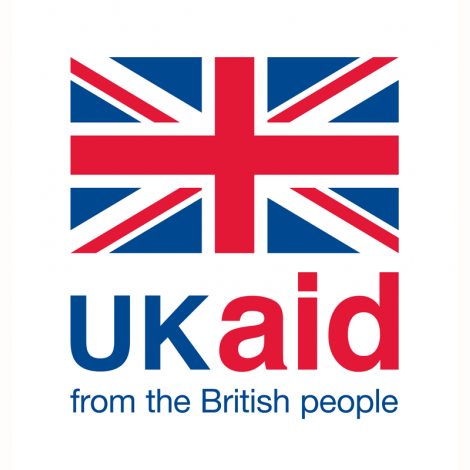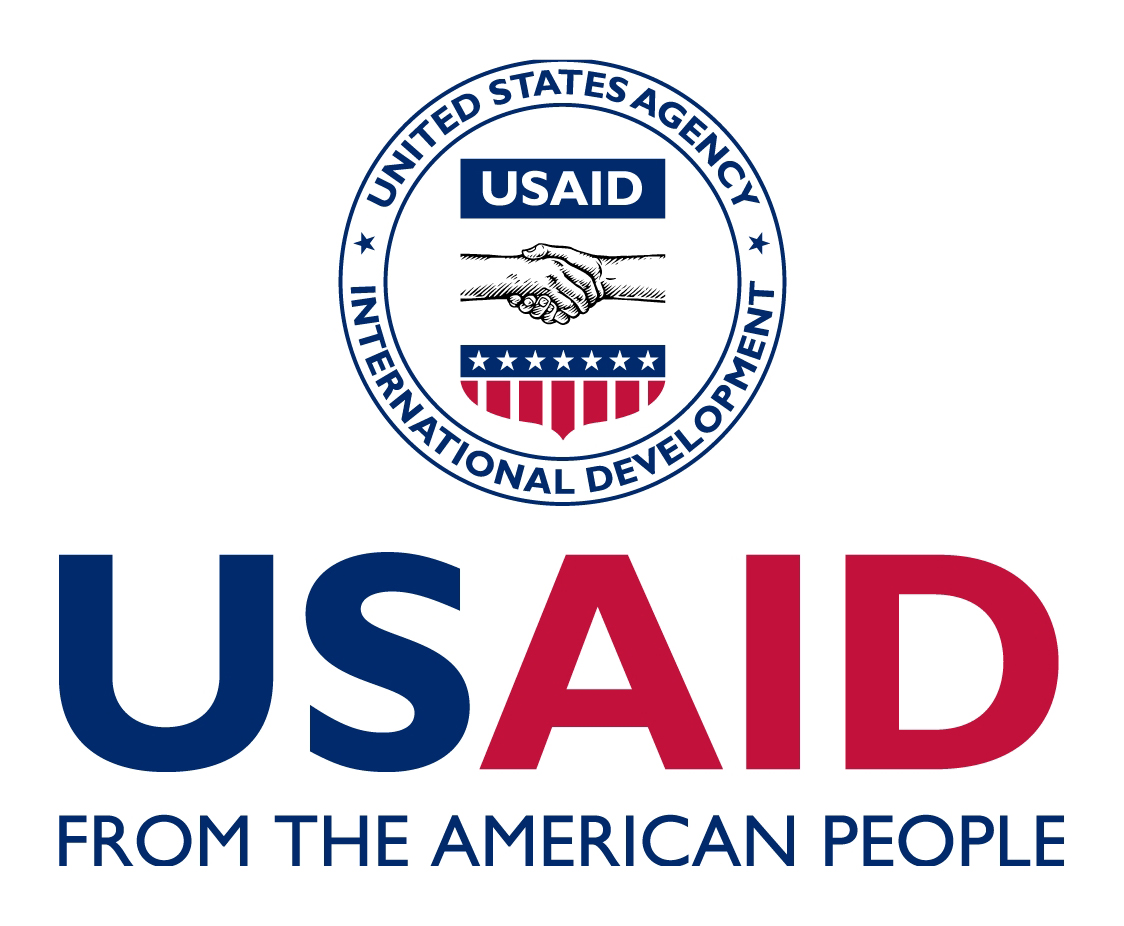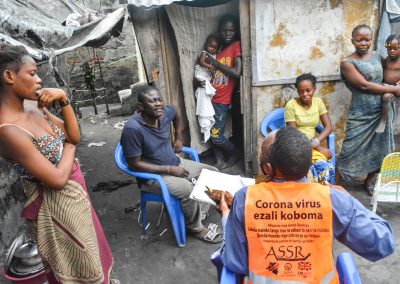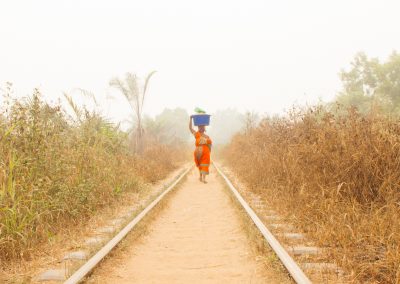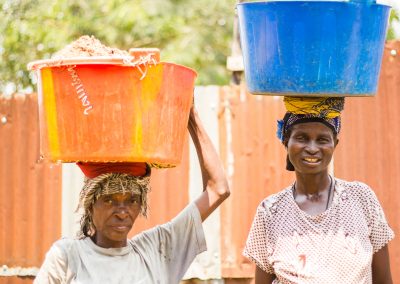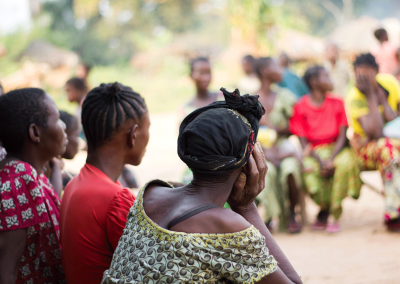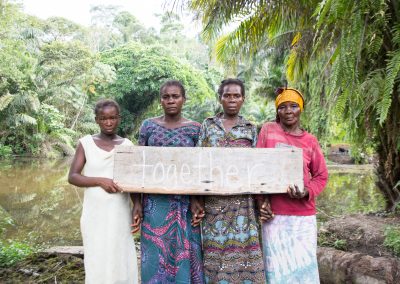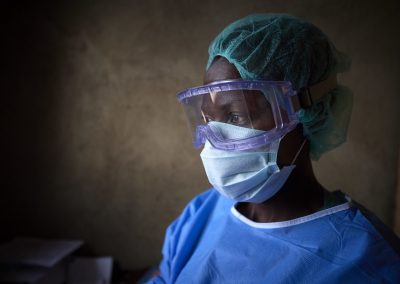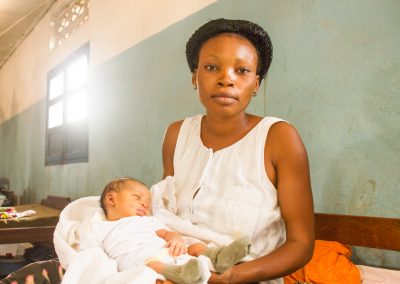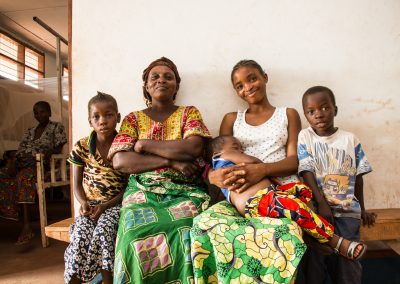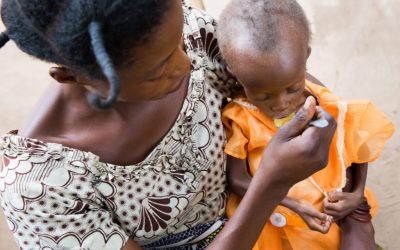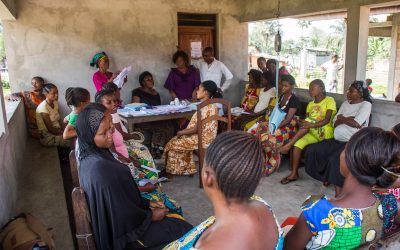
IMA World Health
in the Democratic Republic of COngo
Since 2000, IMA has worked alongside the Congolese government, donors and an array of local and international partners to revitalize the country’s health system, fight diseases and improve the health for a population in desperate need. Such long-term investment in the Democratic Republic of Congo has required resilience, creativity, and an incredible network of staff and partners to navigate successive armed conflicts, political instability, impassable roads and other obstacles that continue to threaten the health and well-being of the population.
IMA is proud to be a part of the team that is changing the narrative and the trajectory of health care in the DRC. Powered by partnership, new technologies are solving stubborn problems, successes are scaling up into widespread solutions and—most importantly—our vision of health, healing, and well-being for all is becoming more of a reality in the DRC every day.
IMA DRC PROJECTS
All of IMA DRC’s projects are structured around the World Health Organization’s Six Pillars of Health System Strengthening. Larger projects like the UK aid-funded ASSP focus on every aspect of improving the health system and reducing morbidity and mortality in women and children under five. Whereas others impact only one or two pillars like the USAID funded Tushinde which focuses on sexual and gender-based violence.
improving health for 9.7 million people in the DRC.
From 2013 to 2019, ASSP supported an estimated 9.7 million people across Kasai, Kasai Central, Nord Ubangi, Maniema and Tshopo provinces, providing life-saving services to more than 10 percent of the total population of the DRC. Many of these people are continuing to reap the benefits of a growing and thriving health system through ASSR.
Health Areas
Health Zones
Provinces
IMA DRC Programs
The IMA DRC programs listed below often build upon the success of several projects and have continued to operate in some form over the course of many years, receiving funding from several consecutive projects.
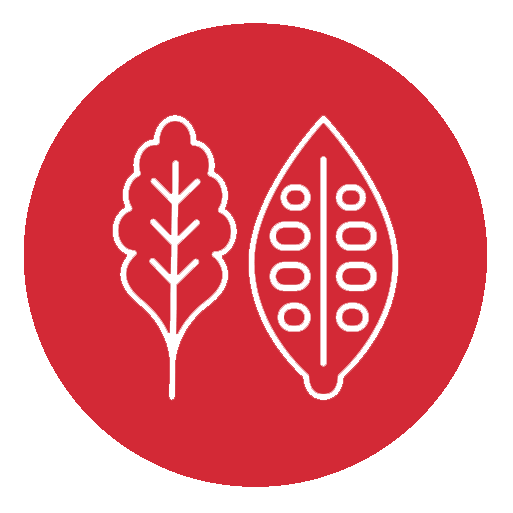
Nutrition

Family Planning

Infrastructure & Construction

WASH
Medicine

Safe Deliveries
Immunizations
Improving Access
Hospital Management

DHIS2

Malaria
Clean Cookstoves
Community Health Endowments

Leadership & Governance
Gender & SGBV

Behavior Change Communications
26 million patients have visited our health centers and community care sites for curative consultations.
Our Partners
IMA DRC's projects are implemented by a consortium of organizations that work together at all levels of the health system to implement nutrition, obstetric and neonatal care, family planning, immunization as well as water, hygiene and sanitation interventions. Read MoreRecent News
Saved by my Son: A Tushinde Ujeuri Success Story
"The support from the Tushinde program has restored my will to live." Tushinde Ujeuri Project...
Combatting Malnutrition in DRC: A Nutrition Success Story
Community relays in Ndesha, Kasai Central are successfully combatting malnutrition in the DRC...
Implant Method in DRC: A Family Planning Success Story
Spreading the Word about the Implant Method in DRC.News is spreading about the implant method in...
Contact IMA World Health
QUICK CONTACTS
Recent Posts
Quarter 1 Results
Number of pregnant women who received three doses of IPT while attending antenatal care: 58,495Number and percentage of 1-yr-old children vaccinated against measles: 78,123Number of Couple Years of Protection (CYPs) achieved through family planning service provision:...
Saved by my Son: A Tushinde Ujeuri Success Story
"The support from the Tushinde program has restored my will to live." Tushinde Ujeuri Project brings hope to one survivor of sexual and gender-based violence in DRC It was mid afternoon, and my 10 year-old son and I were walking home from working in the fields. When...
Combatting Malnutrition in DRC: A Nutrition Success Story
Community relays in Ndesha, Kasai Central are successfully combatting malnutrition in the DRC thanks to ASSP's nutrition training. Combatting Malnutrition One Maman at a TimeMado Betu was a young child of two years and four months but was frail and unable to walk when...
